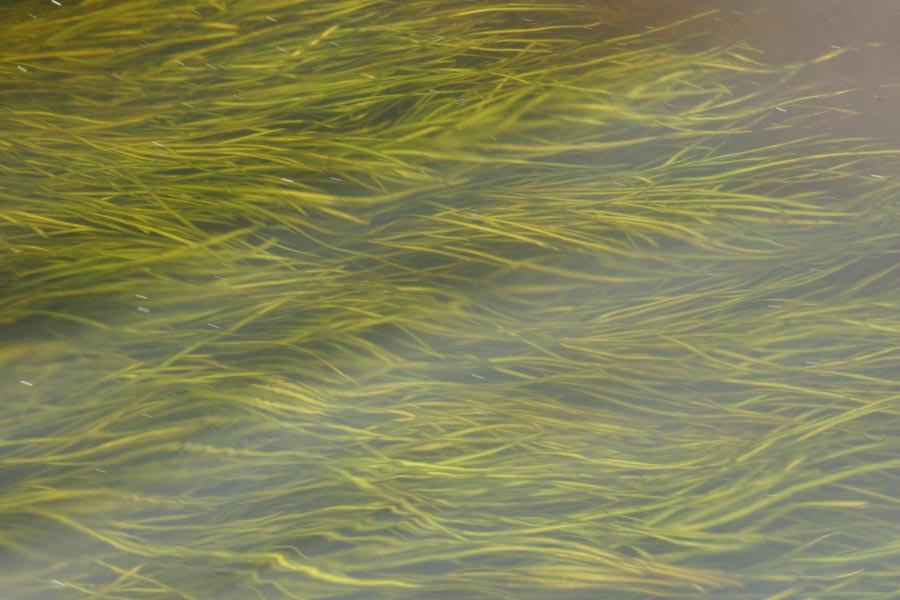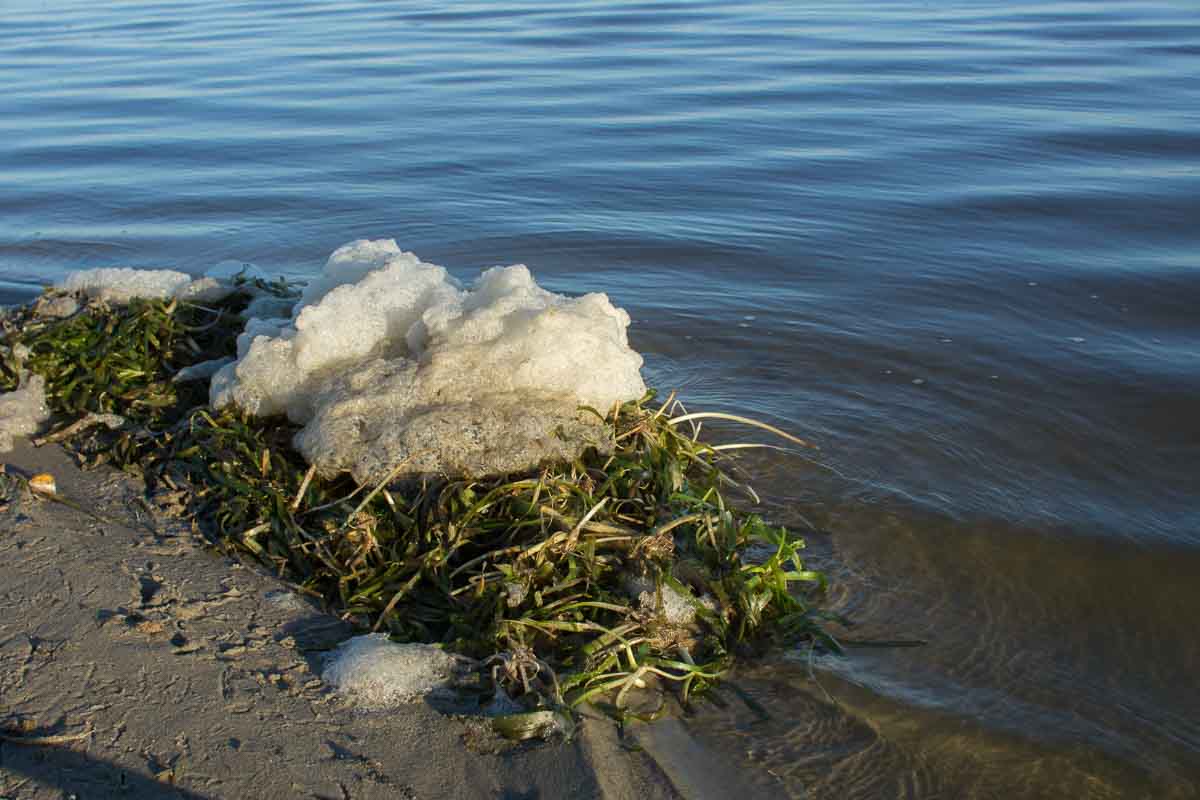Other Names: Eel-grass, tape-grass, water-celery, Vallisneria
Plant Family: Frog’s-bit, Hrdrocharitaceae
Wetland Indicator Status: OBL
This submergent plant is usually found growing in water from 2.75- 6 feet, often in a firm substrate, with excellent benefits to wildlife (see below). Wild Celery’s (Vallisneria americana) reproductive cycle is fascinating. Female flowers rise to the water’s surface on long thin stalks that arise from the base of the plant. The male flowers near the base of the plant release and float to the surface where they release pollen, which then floats to the surface and reaches and fertilizes the female flowers by chance. After fertilization occurs, the female flower stalk begins to coil like a telephone cord, pulling the developing seeds down near the bottom.
At the end of the growing season, Wild Celery does what is sometimes called “sloughing off”. This is where the leaves and small roots dislodge from the sediment, float to the surface, and invariably get deposited on or along someone’s shoreline. This can cause the impression that there is a large, dense plant bed growing along a shore when in fact it is a large, somewhat annoying mass of floating aquatic plants, which may have drifted in from miles away. In not too much time it will decay and return to the water.
Above is an underwater video showing Wild Celery growing in the slow-moving Grand River in central Wisconsin. Wild Celery’s long ribbon-like leaves offer less resistance to water flow than many other submergent aquatic plants. The vegetation in this river provides excellent fish habitat, wildlife food and removes excess nutrients from the water.
Wildlife Use
Although Wild Celery provides good fish habitat, it is much more widely known as one of the best aquatic plants for ducks, geese, swans, and coots. Waterfowl eat nearly the entire plant–leaves, roots, tubers, and seeds–, but it is the starchy tubers that are especially relished. The Canvasback Duck is so closely associated with its scientific name is Aythya valisineria. Because of its excellent quality as wildlife food, it is often planted to restore former beds or establish new ones.
Central Wisconsin’s large shallow lakes like Poygan and Puckaway once had vast beds of wild celery, making them some of the best lakes in North America for hunting “Cans.” As the plant’s populations have collapsed, so have the numbers of Canvasback Ducks using central Wisconsin as a flyway. Fewer Canvasbacks and other duck species have led to fewer hunters, the major advocates for aquatic vegetation.


